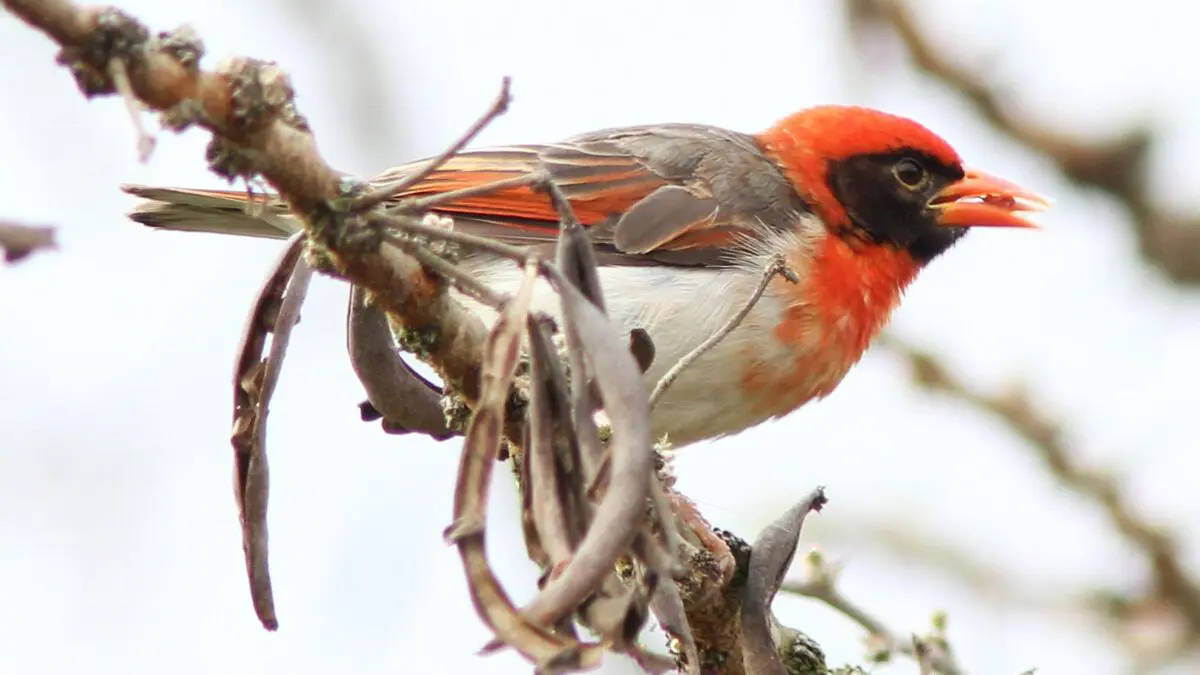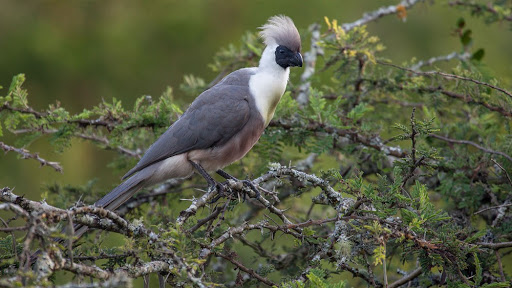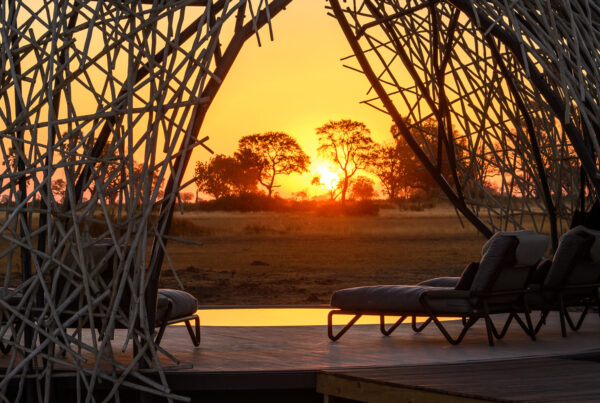Birdwatching in Lake Mburo National Park
A Paradise for Feathered Wonders
For travelers and nature enthusiasts seeking a safari experience beyond the grandeur of lions, zebras, and elephants, Lake Mburo National Park offers a unique and intimate adventure. Known for its diverse avian population, this park provides one of Uganda’s most rewarding birdwatching experiences. Here, the calls of over 350 recorded bird species echo across rolling savannahs, woodlands, and lakeshores, forming a symphony of life that captivates the senses and offers moments of serenity amid the wilderness.
Unlike larger parks where birdwatching is often secondary to mammal sightings, Lake Mburo has earned a reputation as a prime destination for ornithologists and casual bird enthusiasts alike. Its compact size ensures that birding hotspots are easily accessible, while the park’s variety of habitats—from wetlands and papyrus swamps to acacia woodlands and open savannahs—supports an extraordinary diversity of species. For visitors eager to witness Uganda’s rich birdlife in a natural setting, Lake Mburo presents both the thrill of discovery and the comfort of close encounters.
This article explores birdwatching in Lake Mburo National Park in depth, covering the park’s habitats, notable species, seasonal variations, observation techniques, and optimal travel times to ensure an unforgettable experience.
The Unique Habitats of Lake Mburo
Birdwatching in Lake Mburo is facilitated by the park’s diverse mosaic of ecosystems, each supporting specialized avian communities. Rolling savannahs dotted with acacia trees provide shelter for grassland birds such as weavers, pipits, and raptors, while the woodlands support shrikes, hornbills, and parrots.
Wetlands surrounding the park’s lakes, particularly Lake Mburo itself, are critical habitats for waterbirds, waders, and migratory species. Papyrus swamps serve as breeding grounds for secretive birds like the papyrus gonolek and the African finfoot, while open water attracts kingfishers, herons, and the iconic African fish eagle.
Rocky ridges and escarpments create additional niches for cliff-dwelling species and raptors, allowing visitors to witness birds of prey scanning the plains below. The combination of these habitats within a compact park area makes birdwatching both accessible and richly rewarding, as multiple ecosystems can be explored within a single safari itinerary.
Signature Bird Species
Lake Mburo is celebrated for its rare and endemic bird species, many of which are difficult to spot elsewhere in Uganda. Among the park’s most iconic residents is the shoebill stork, a prehistoric-looking bird that captures the imagination of all who see it. Its enormous bill, slow deliberate movements, and solitary behavior make every sighting a rare and memorable event.
The African fish eagle, with its distinctive white head and piercing call, dominates lakeshores, providing dramatic photographic opportunities. Kingfishers, including the pied kingfisher and giant kingfisher, hover and dive into the water with remarkable precision, offering glimpses into the intricate relationship between bird and aquatic environment.
Endemic species such as the red-faced barbet and the papyrus gonolek add to the park’s allure. The former, with its striking red facial markings, inhabits woodland edges, while the latter thrives in dense papyrus swamps, often revealing itself only through its melodious calls. Observing these species requires patience and keen observation, but the reward is a profound connection with Uganda’s natural heritage.
Seasonal Birdwatching in Lake Mburo
The experience of birdwatching in Lake Mburo is heavily influenced by seasonal changes, which affect both the visibility and diversity of species. The park experiences two wet seasons, from March to May and September to November, and two dry seasons, from June to August and December to February.
During the dry seasons, water sources shrink and birds concentrate around permanent lakes and wetlands. Species such as herons, egrets, and African fish eagles are more easily observed as they gather at feeding and nesting sites. Raptors, including tawny eagles and martial eagles, are more visible against clear skies, hunting across the open savannah.
The wet seasons bring lush greenery, which attracts migratory species from Europe and Asia. This includes warblers, flycatchers, and other long-distance migrants that enrich the park’s avian diversity. Although dense vegetation can make spotting smaller birds more challenging, the abundance of food and water ensures active breeding and feeding behavior, providing unique behavioral observations for keen birdwatchers.
Observation Techniques and Tips
Successful birdwatching in Lake Mburo requires a combination of timing, location, and patience. Early mornings and late afternoons are ideal for observing birds when activity is highest and lighting conditions are optimal. Quiet movement and minimal disturbance are essential, as many species, particularly in wetlands and papyrus swamps, are highly sensitive to human presence.
Guided birding safaris are recommended, as local guides possess intimate knowledge of species locations, calls, and behaviors. Binoculars and high-quality cameras enhance the experience, while field guides specific to East African birds provide valuable identification support. Boat rides on Lake Mburo are particularly effective for observing waterbirds, hippos, and crocodiles, offering a unique perspective on bird activity around the lake.
Walking safaris through woodland and savannah areas allow for close encounters with secretive species, revealing subtle behaviors that might otherwise go unnoticed from vehicles. Patience is rewarded with intimate views of birds nesting, feeding, or interacting socially, enriching the overall birdwatching experience.
Notable Birding Hotspots Within the Park
Several locations within Lake Mburo are particularly productive for birdwatching. The lakeshores and wetlands attract aquatic and wading birds, providing opportunities to observe species such as herons, storks, cormorants, and African jacanas. Boat excursions allow access to hidden corners of these habitats, revealing species that are otherwise difficult to approach.
Woodland areas, including acacia-dominated landscapes and mixed forests, support songbirds, barbets, and hornbills, creating a diverse and melodious environment for observers. Open savannahs, often explored during game drives, provide visibility for raptors and grazing-associated birds, including the long-crested eagle and snake eagle, which hunt small mammals and reptiles.
Papyrus swamps, a specialized habitat, host rare and elusive species like the papyrus gonolek, whose bright plumage contrasts sharply with the green stems of the wetland vegetation. These areas require careful observation, often relying on auditory cues as visual detection can be challenging.
Combining Birdwatching with Other Safari Experiences
Birdwatching in Lake Mburo can be combined seamlessly with traditional game drives, horseback safaris, walking safaris, and boat excursions. While observing birds, travelers may simultaneously encounter zebras grazing in open plains, impalas leaping gracefully, or hippos wallowing in lakes, creating a multidimensional safari experience.
Horseback safaris are particularly effective for approaching shy or elusive species, as horses move quietly across the landscape, blending with the natural environment. Walking safaris allow for detailed observation of smaller birds, insect interactions, and nesting behaviors, while boat rides provide vantage points for aquatic species and shorebirds. The variety of activities ensures that birdwatchers can enjoy a comprehensive and immersive experience across multiple habitats.
Conservation and Responsible Birdwatching
Lake Mburo National Park is not only a sanctuary for wildlife but also a critical habitat for endangered and threatened bird species. Conservation efforts ensure that both resident and migratory species thrive, maintaining ecological balance and biodiversity. Visitors are encouraged to follow responsible birdwatching practices, including maintaining distance from nesting sites, avoiding loud noises, and refraining from disturbing the natural habitat.
Guided tours often include educational components, informing visitors about the ecological significance of each species, the importance of wetlands, and the role of birds in sustaining the park’s ecosystems. Such knowledge enhances the experience, transforming birdwatching from a passive activity into a meaningful encounter with conservation in action.
The Best Time to Visit for Birdwatching
While birdwatching is possible throughout the year, certain periods provide enhanced experiences. The dry seasons from June to August and December to February are optimal for observing concentrated populations of waterbirds and raptors. Clear skies, reduced vegetation density, and predictable wildlife behavior create ideal conditions for both sighting and photography.
The wet seasons from March to May and September to November offer opportunities to witness migratory species and breeding behaviors, with lush landscapes providing a vibrant backdrop. Though spotting smaller birds may require patience, the richness of the park’s avian diversity during these months makes the effort worthwhile.
Ultimately, the choice of season depends on personal priorities: those seeking predictability and ease of observation may favor dry months, while travelers interested in migration patterns, breeding behaviors, and verdant landscapes may prefer the wet season.
A Birdwatcher’s Paradise
Lake Mburo National Park offers a unique and richly rewarding birdwatching experience, combining extraordinary biodiversity with accessible and varied habitats. From the prehistoric shoebill stork to the iconic African fish eagle, from secretive papyrus inhabitants to raptors soaring above savannahs, the park reveals the full spectrum of Uganda’s avian wonders.
Birdwatching in Lake Mburo transcends mere observation, offering opportunities for photography, scientific learning, and conservation awareness. It can be experienced alongside other safari activities, creating a multidimensional adventure that engages all senses. The park’s compact size, diversity of ecosystems, and concentration of rare species make it an ideal destination for both casual birdwatchers and serious ornithologists.
Travelers seeking to witness the remarkable birdlife of Lake Mburo are encouraged to book their Africa tours and safaris with WildHorn Africa, ensuring expertly guided excursions and a seamless, unforgettable journey into Uganda’s natural heart.





 WildHorn Africa – Authentic and unforgettable tours across Africa, guided by local experts who know the land, wildlife, and culture best.
WildHorn Africa – Authentic and unforgettable tours across Africa, guided by local experts who know the land, wildlife, and culture best.


